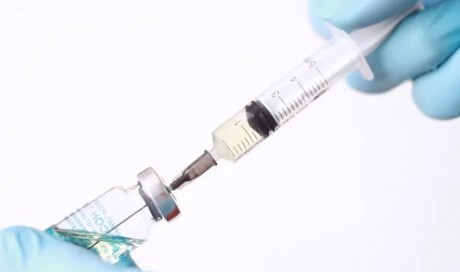Airline hijackings and bombings surged in the 1970s and 1980s. One of the most notable attacks was the bombing of Pan Am Flight 103, which exploded over Lockerbie, Scotland on Dec. 21, 1988. Then-Libyan dictator Muammar Gaddafi is understood to have ordered the bombing, likely in retaliation for the U.S. military’s strikes on his country in 1986 during Operation El Dorado Canyon.
As such, full, destructive testing has only become increasingly valuable as a means to let investigators, engineers, and scientists see firsthand what sort of damage results from different types of explosives going off in different portions of the plane. At the same time, the data can be useful for training individuals to spot certain telltale signs that point to a bombing rather than some sort of accidental malfunction.
In many ways, the explosive destructive testing is also similar to other fatigue and environmental torture testing, which also look to stress an airframe to discover potential vulnerabilities before they become a more serious problem. Some of that same data from Aberdeen might help uncover potential weaknesses in various aircraft types to other kinds of possibly catastrophic failures.
There's a continual need to test more aircraft as new threats emerge, as well. A plot in 2006 to use liquid explosives to bring down airplanes fundamentally changed airport security procedures. In 2015, ISIS terrorists claimed they had brought down a Russian airliner over Egypt's Sinai Peninsula using a bomb hidden inside a soda can. Pre-existing data might not have been applicable in determining the exact danger that either these types of devices posed to commercial flights.
More recently, Boeing's 787 suffered a number of problems with its lithium-ion batteries, which led to a number of serious fires and exposed the potential danger from any device using one. Civil aviation authorities have since continued to explore the impacts of these power sources experiencing a "thermal runaway" and either bursting into flames or exploding. In 2017, the FAA went as far as to propose a ban on laptops in checked baggage as result.
There's also just normal wear and tear and other hazards. The engine on a Southwest Airlines 737 exploded in mid-air in April 2018, which led to the death of one of the passengers. Bird strikes can also have serious consequences, especially if they impact a jet’s engines.
So, for decades, various U.S. government agencies have carried out representative explosive testing on retired airliners for forensic and other purposes. In 1984, the Federal Aviation Administration (FAA) and the National Aeronautics and Space Administration (NASA) joined forces to deliberately crash a remotely-piloted Boeing 720 at Edwards Air Force Base to study the result of the impact on the airframe and simulated occupants.
...[ Continue to next page ]
Share This Post














